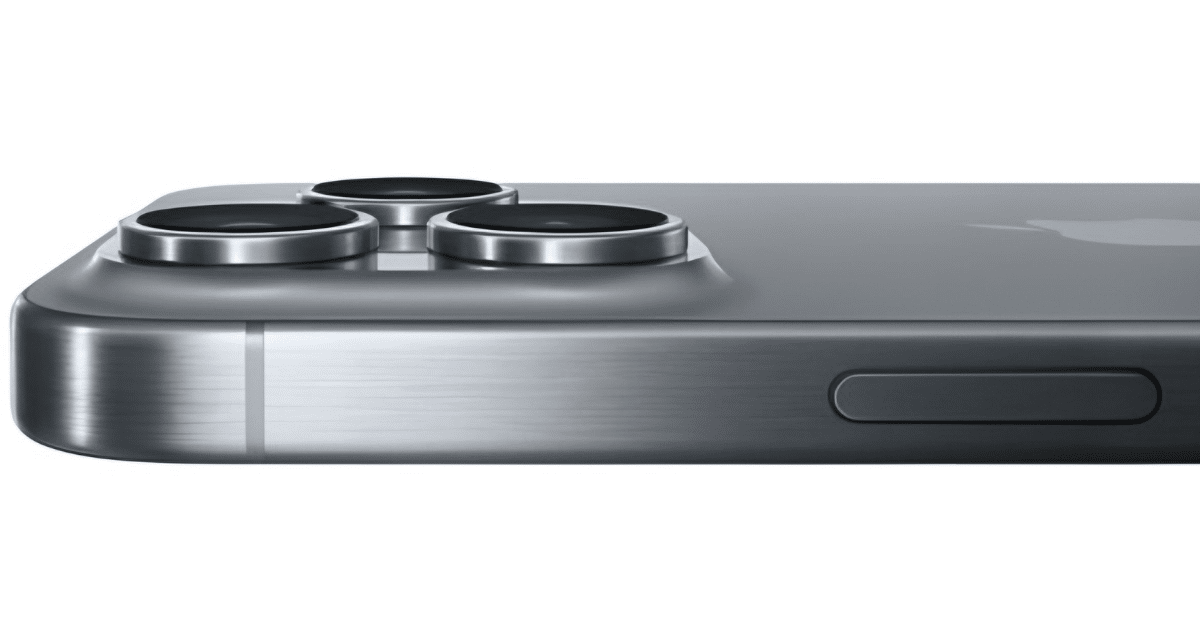Apple is set to shake up its iPhone lineup with the launch of the iPhone 16 series, and one of the key changes this time is the bump in base storage for the Pro models. For the first time, both the iPhone 16 Pro and Pro Max will feature a minimum of 256GB of storage. This upgrade follows Apple’s approach from last year when the iPhone 15 Pro Max debuted with 256GB, while the smaller Pro model still offered 128GB.
With the iPhone 16 series, Apple is eliminating the 128GB option altogether, creating more parity between the two Pro models.

Reports suggest this increase in storage is tied to new hardware features that justify a higher price point. TrendForce notes that the iPhone 16 Pro will likely adopt the tetraprism zoom lens, previously exclusive to the Pro Max, contributing to a likely price bump. However, by doubling the baseline storage, Apple aims to soften the impact of this increase. This strategy mirrors last year’s decision to price the iPhone 15 Pro Max at the same point as the iPhone 14 Pro Max but with more storage.
In addition to storage changes, Apple is expected to roll out its new A18 chip for the non-Pro models and the A18 Pro chip for the Pro variants. Both chips will be built on TSMC’s N3E process, which is more efficient, potentially boosting performance while keeping costs manageable. Moreover, Apple may also increase the RAM on non-Pro models from 6GB to 8GB, setting the stage for more advanced features driven by Apple Intelligence.
The iPhone 16 series is also rumored to introduce the largest iPhone displays yet, with the iPhone 16 Pro featuring a 6.27-inch screen and the Pro Max boasting a 6.86-inch display. This increase in size is expected to provide more room for internal components, particularly with the anticipated inclusion of enhanced video recording capabilities. There’s speculation that the iPhone 16 Pro and Pro Max will support 4K video capture at 120 frames per second, and while Apple is reportedly testing 8K recording, it’s unclear if this feature will be enabled for this generation or reserved for the iPhone 17.
Apple’s pricing strategy will play a pivotal role in maintaining its market position. Despite the rumored storage upgrades and hardware improvements, Apple is likely to follow a cautious pricing approach, especially given the competitive smartphone landscape and increasing production costs. By bumping up the storage capacity without significantly raising prices, Apple could strike a balance between delivering premium features and staying competitive.



